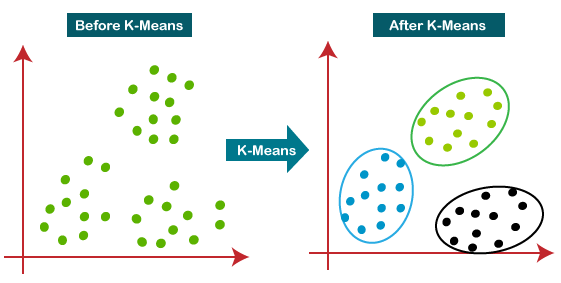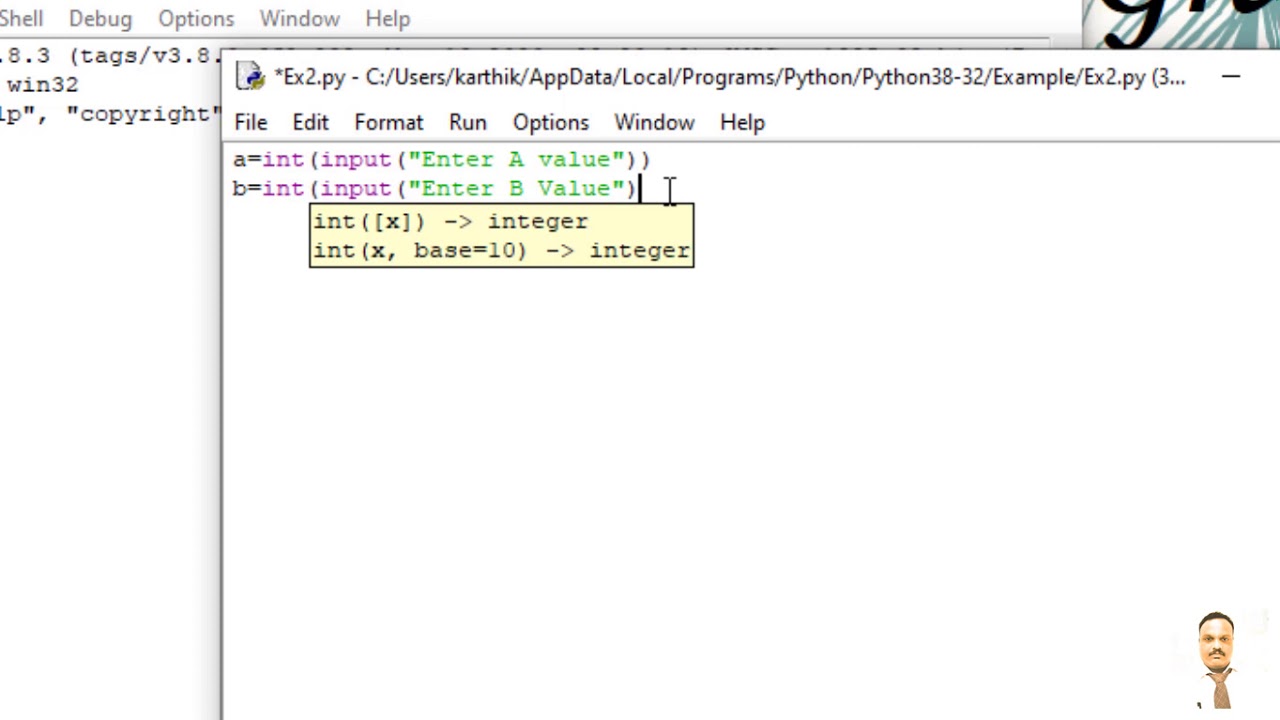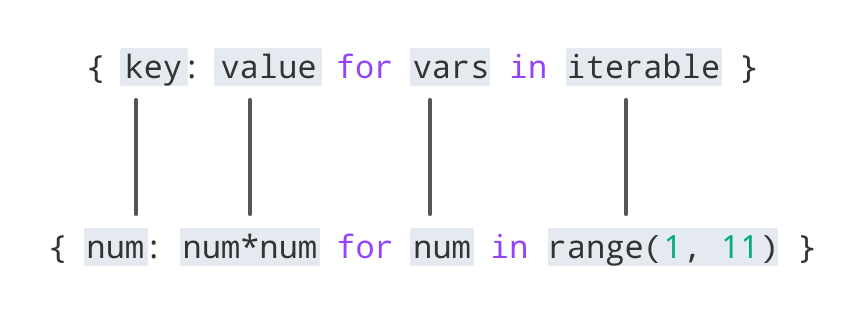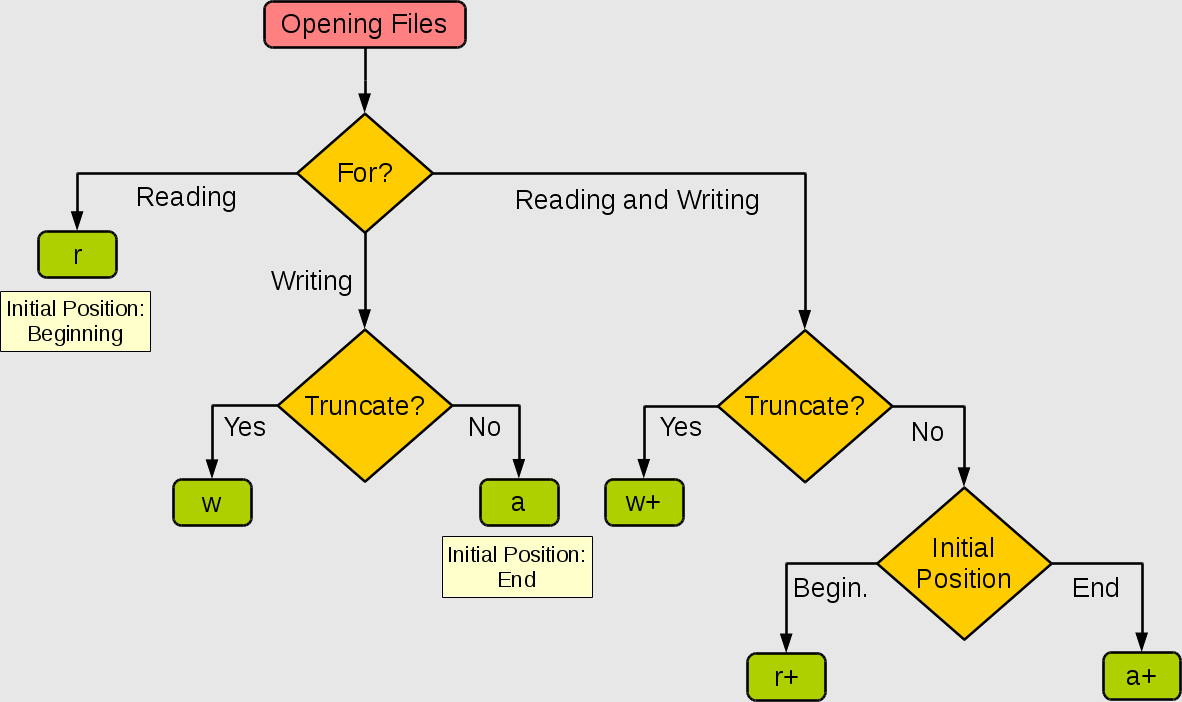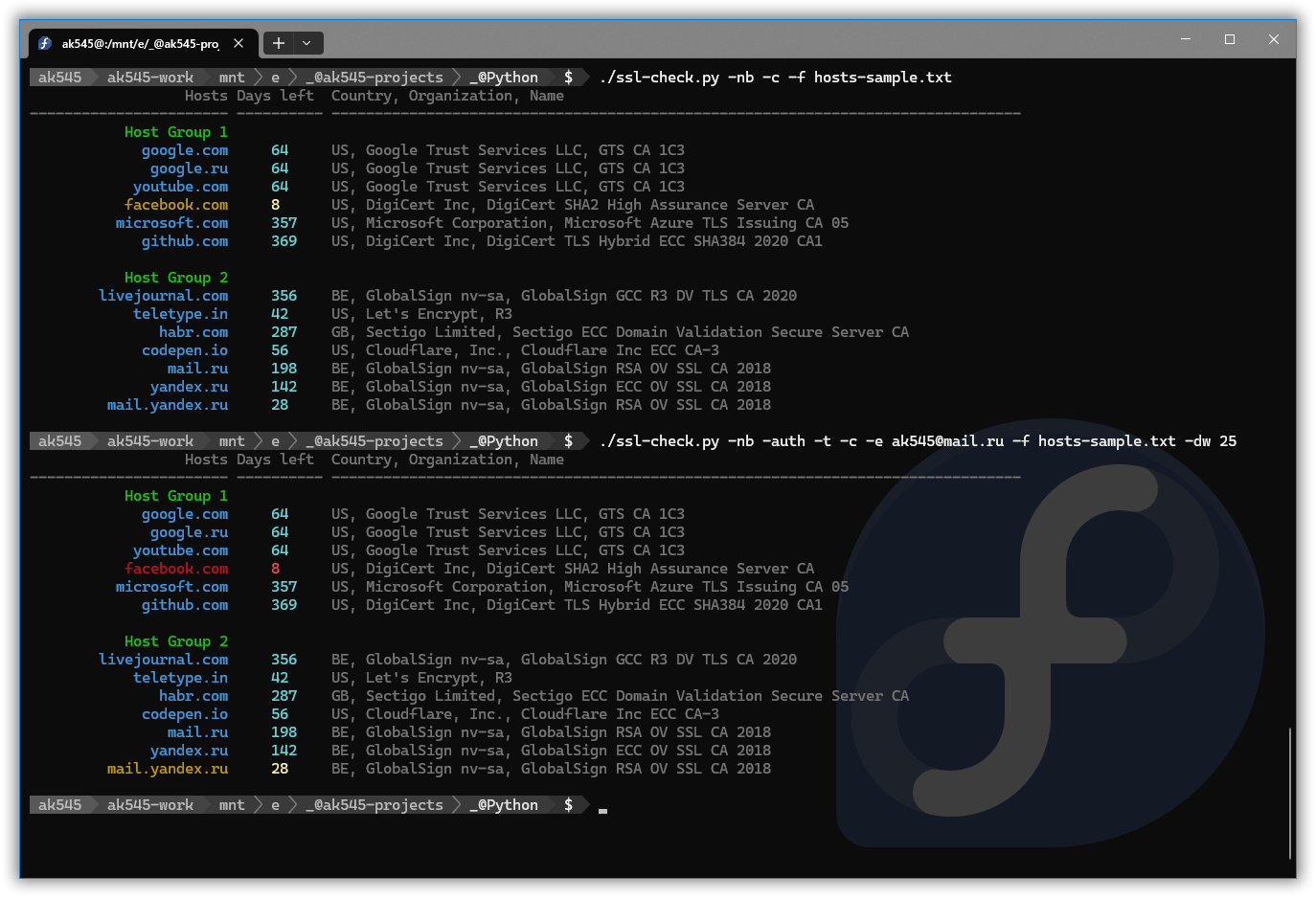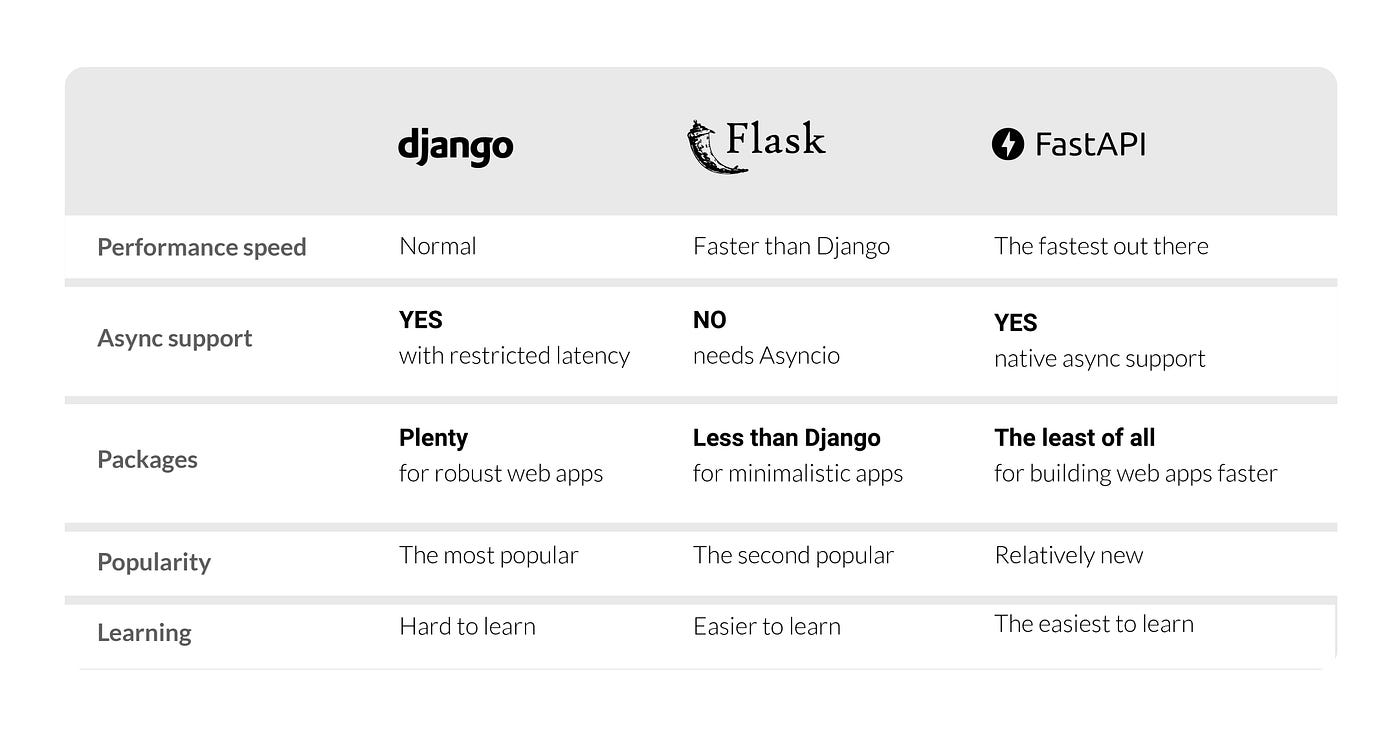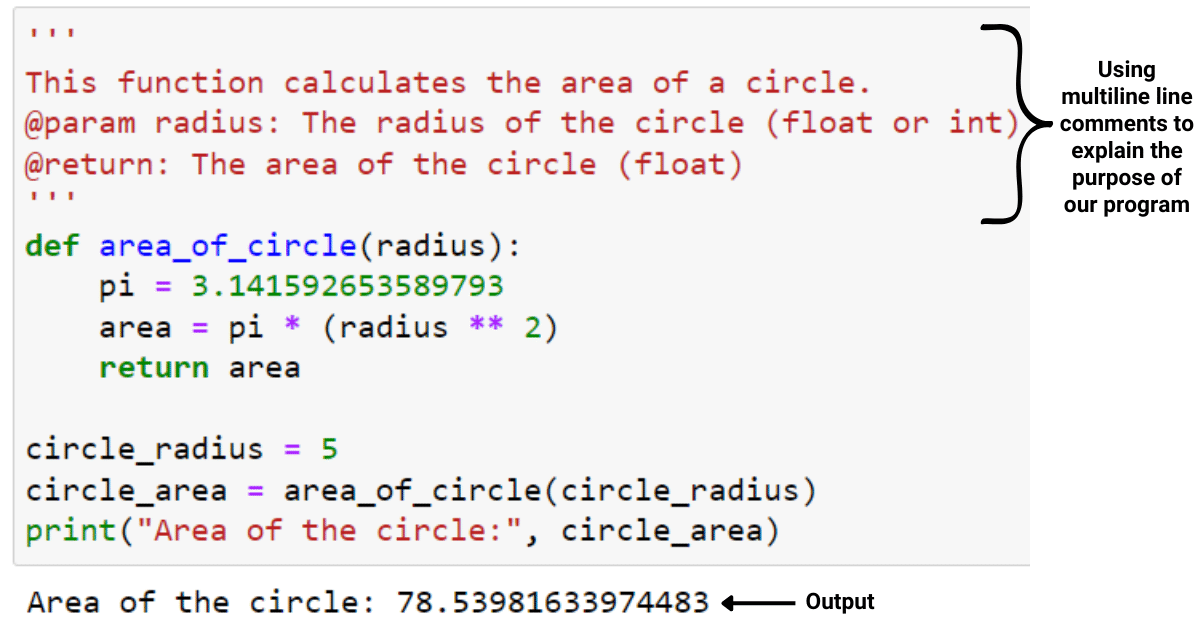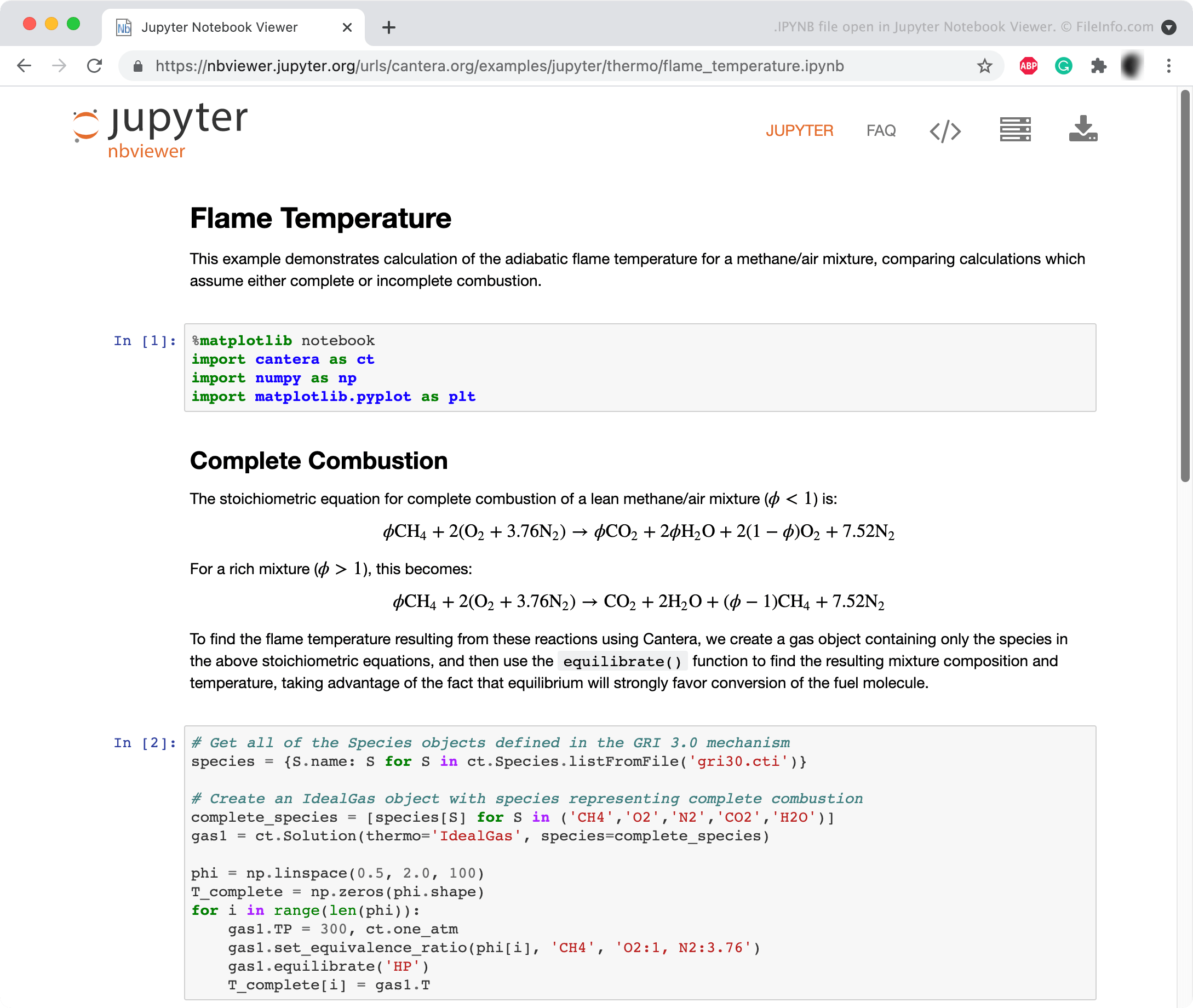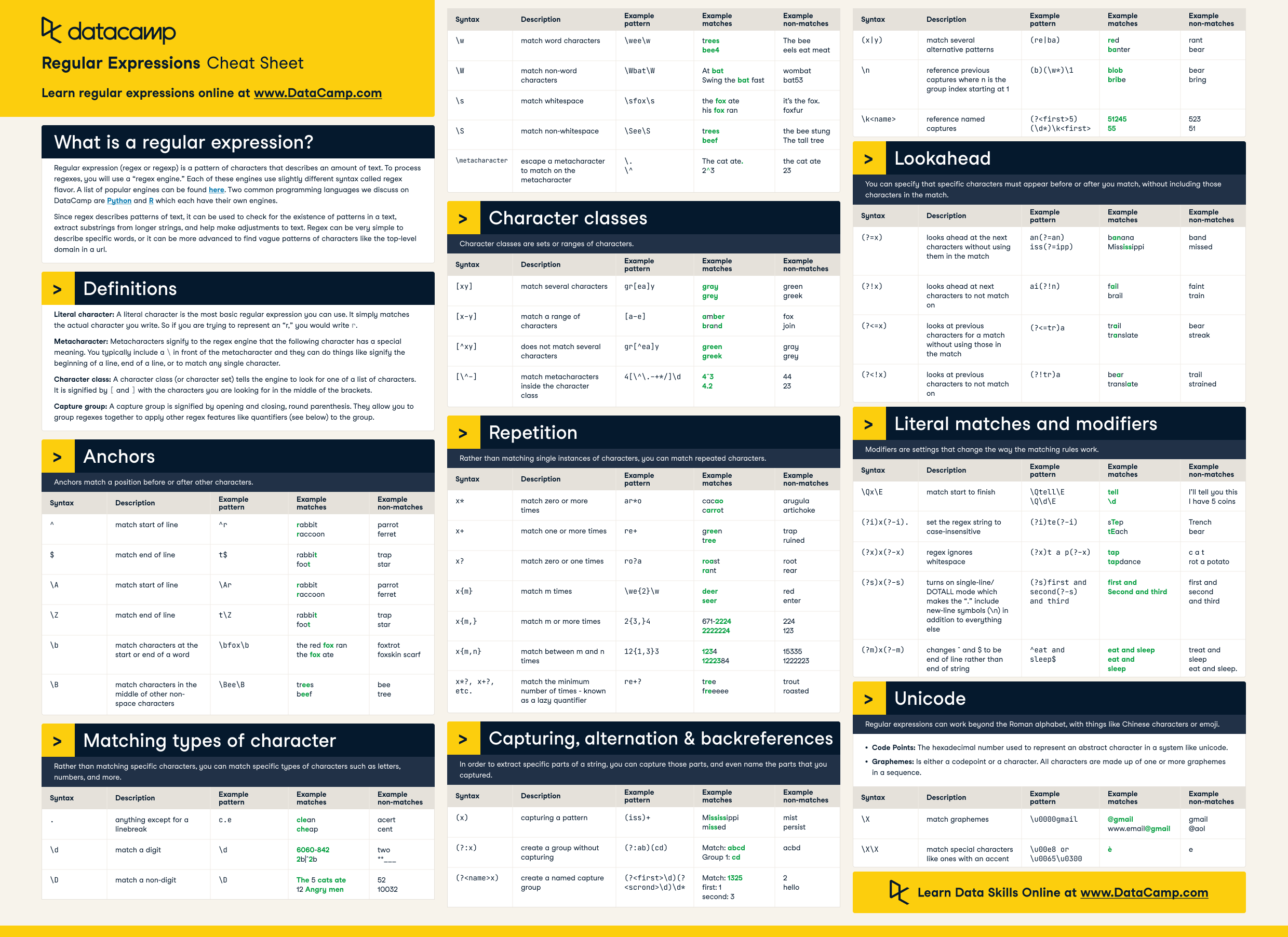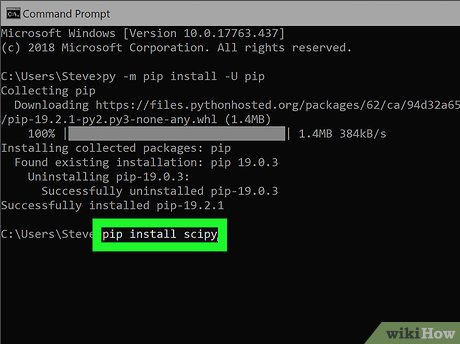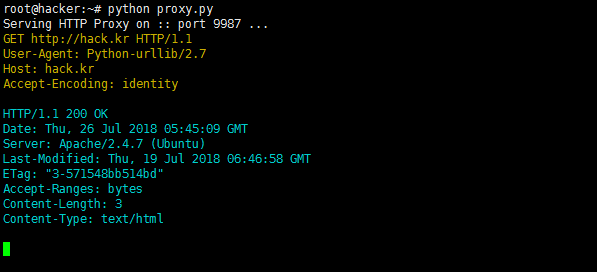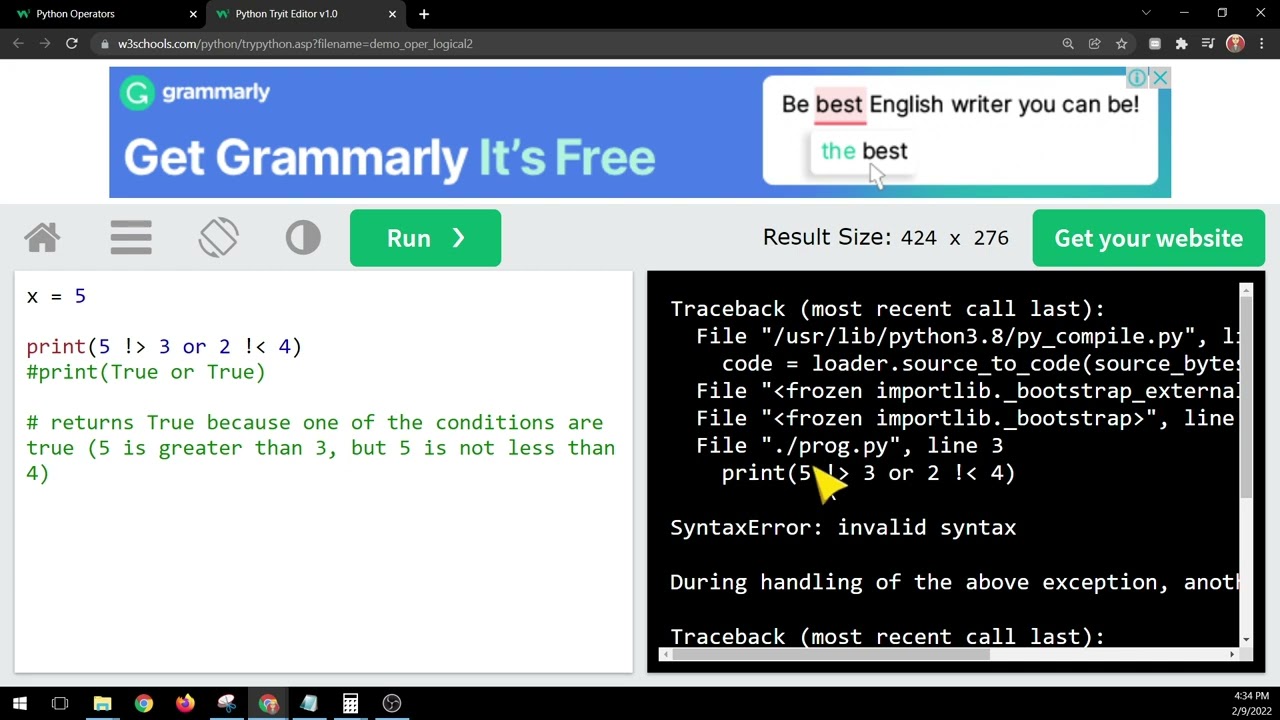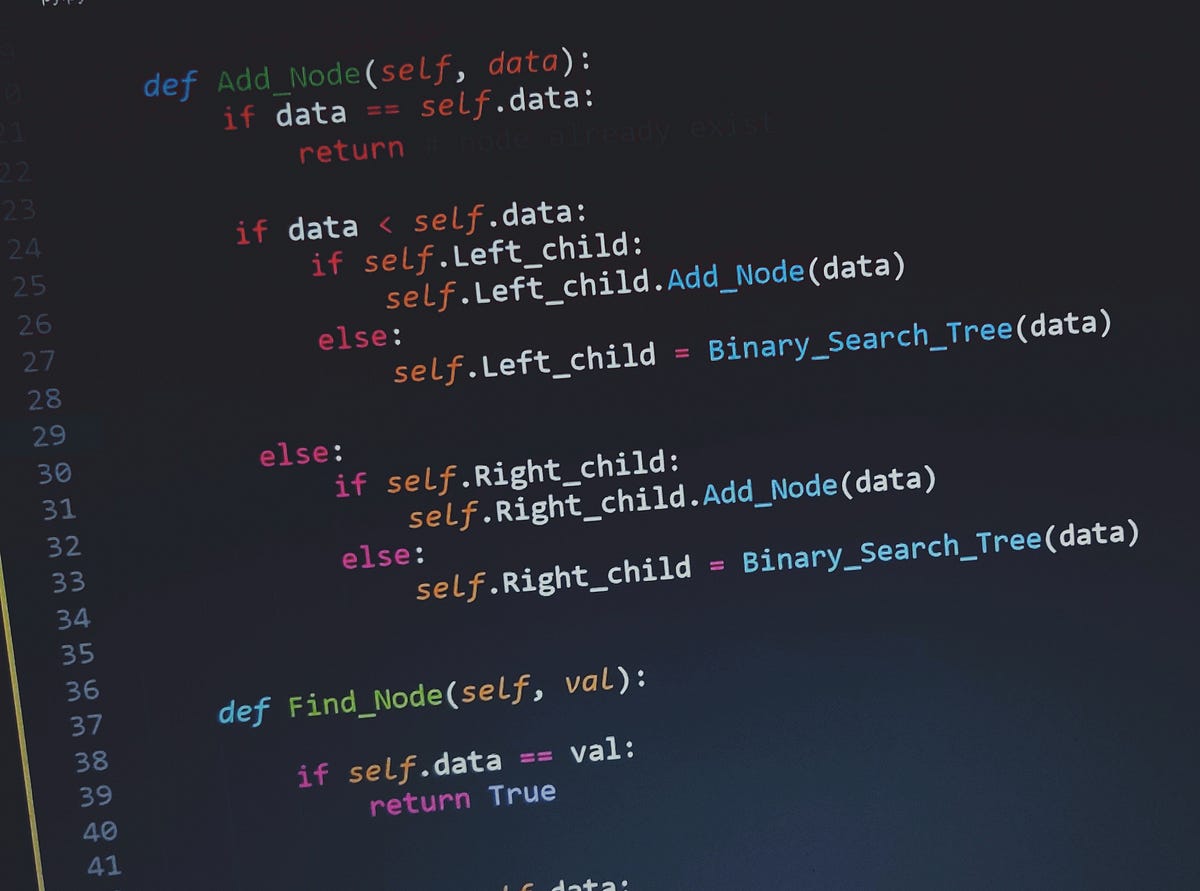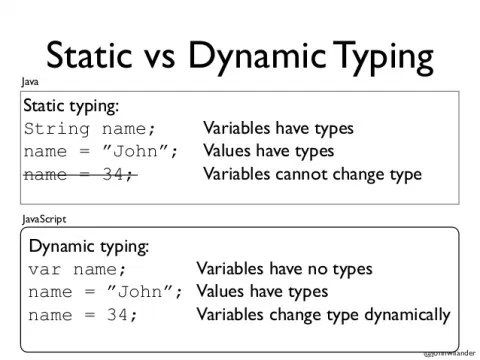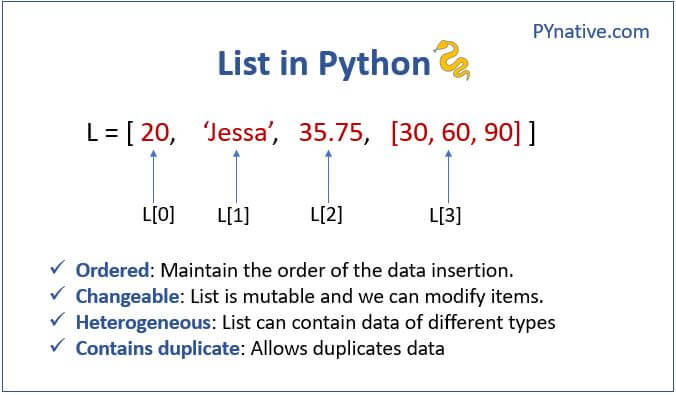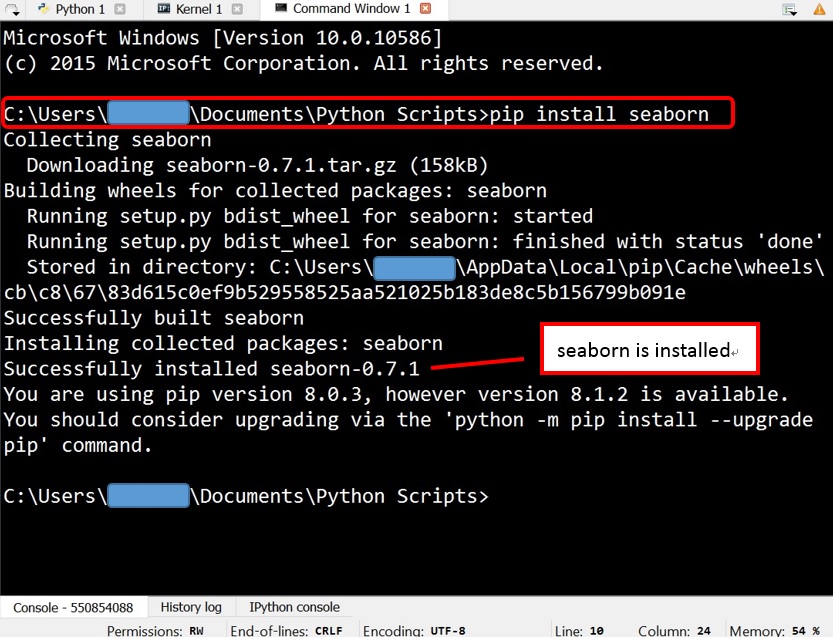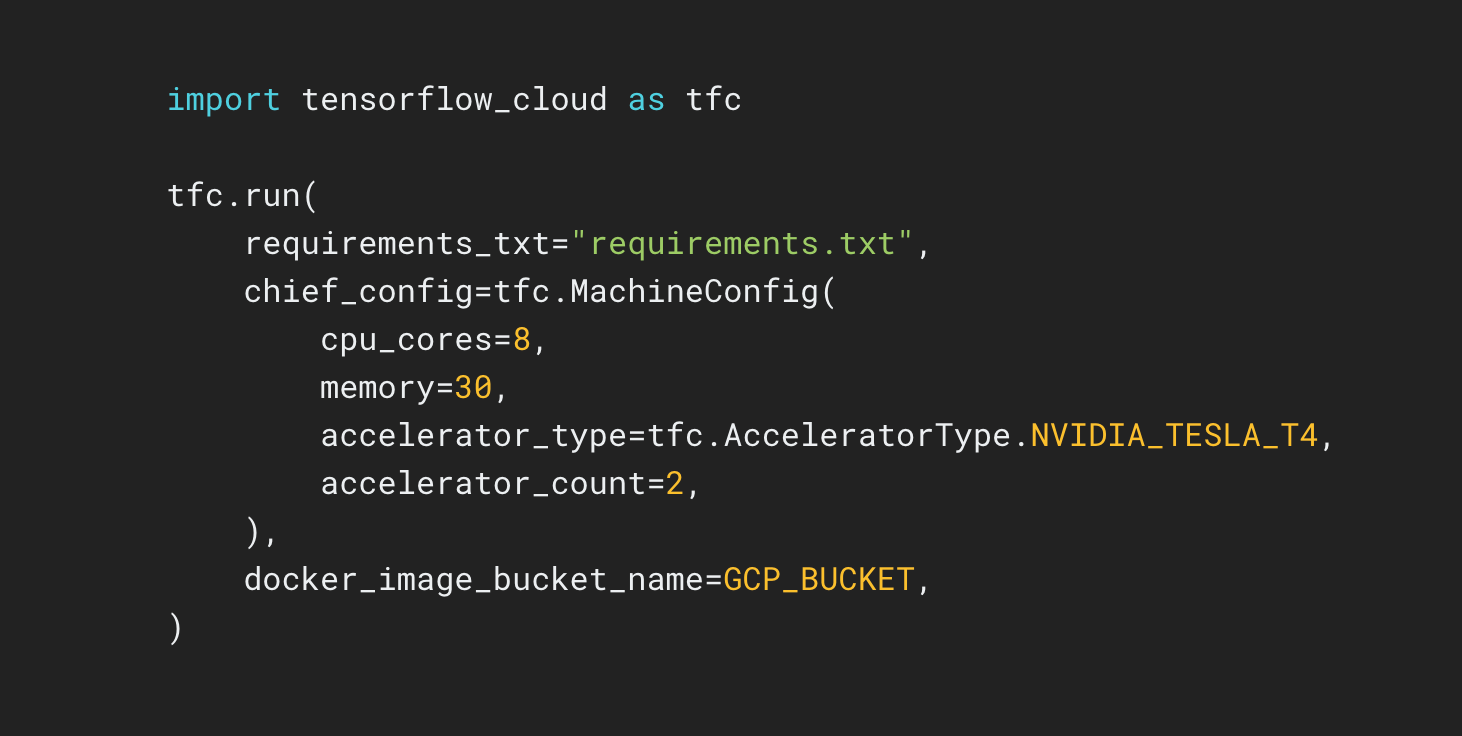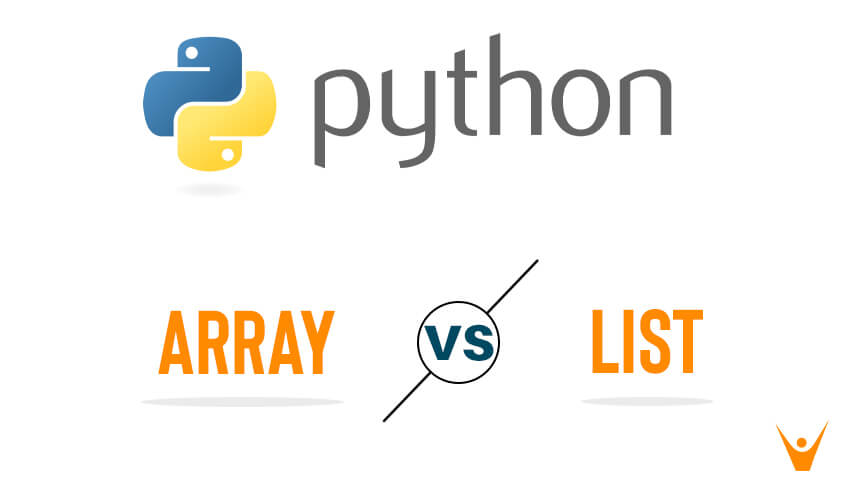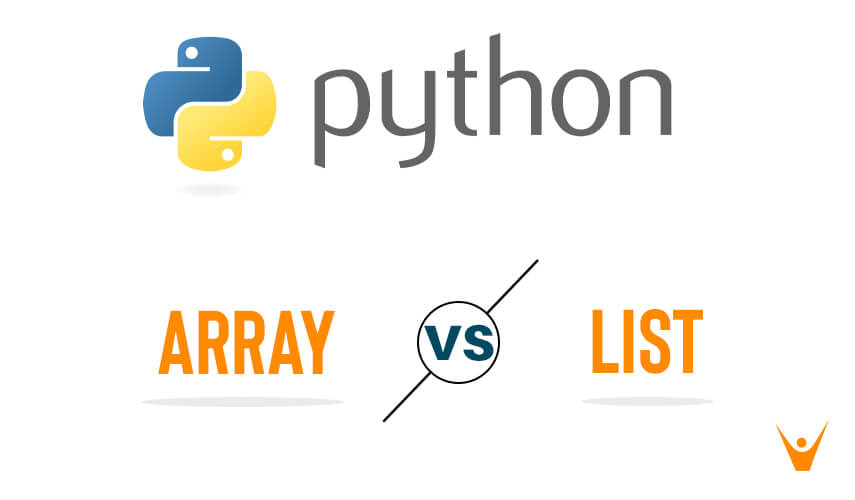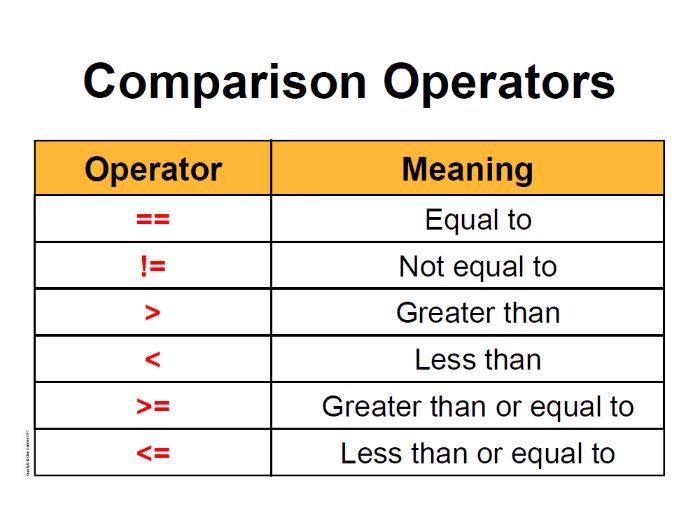iteration structure in python
iteration structure in python
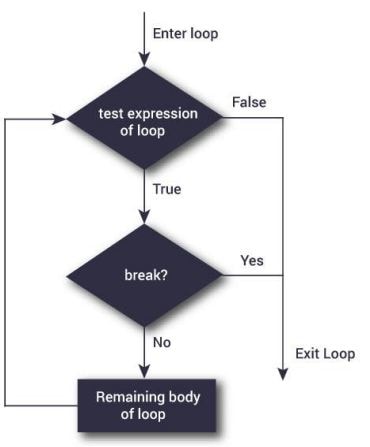
Iteration is a fundamental concept in Python programming that allows you to execute a block of code repeatedly for a specified number of times or until a certain condition is met. In this response, I'll provide an in-depth explanation of the different types of iteration structures in Python.
1. For Loop
The for loop is one of the most common iteration structures in Python. It allows you to iterate over a sequence (such as a list, tuple, or string) and execute a block of code for each item in the sequence.
fruits = ['apple', 'banana', 'cherry']
for fruit in fruits:
print(fruit)
In this example, the for loop iterates over the fruits list and prints each item on a separate line.
2. While Loop
The while loop is another type of iteration structure that allows you to execute a block of code as long as a certain condition is true.
i = 0
while i < 5:
print(i)
i += 1
In this example, the while loop executes a block of code five times, incrementing the value of i each time.
3. Range-Based For Loop
The range-based for loop is a variation of the traditional for loop that allows you to iterate over a range of numbers.
for i in range(5):
print(i)
In this example, the range-based for loop executes a block of code five times, with i taking on the values 0, 1, 2, 3, and 4.
4. Enumerate Loop
The enumerate function is used to iterate over a sequence (such as a list or tuple) and access both the index and value of each item in the sequence.
fruits = ['apple', 'banana', 'cherry']
for i, fruit in enumerate(fruits):
print(f"{i}: {fruit}")
In this example, the enumerate function is used to iterate over the fruits list and access both the index (i) and value (fruit) of each item.
5. Zip Loop
The zip function is used to iterate over multiple sequences (such as lists or tuples) simultaneously.
names = ['John', 'Jane']
ages = [25, 30]
for name, age in zip(names, ages):
print(f"{name} is {age} years old")
In this example, the zip function is used to iterate over the names and ages lists simultaneously and access both values for each item.
6. itertools Module
The itertools module provides a variety of iteration functions that can be used to iterate over complex data structures.
import itertools
fruits = ['apple', 'banana', 'cherry']
colors = ['red', 'yellow', 'pink']
for fruit, color in zip(fruits, colors):
print(f"{fruit} is {color}")
In this example, the zip function from the itertools module is used to iterate over two lists simultaneously and access both values for each item.
In conclusion, Python provides a range of iteration structures that allow you to execute code repeatedly or until a certain condition is met. By mastering these different types of iteration, you'll be able to write more efficient and effective code.
What are control structures in Python examples?
I'm glad you asked!
Control Structures in Python are used to control the flow of a program's execution based on specific conditions or decisions. They allow your code to make choices, repeat actions, and handle exceptions, making it more robust and efficient.
Let's explore some examples:
1. Conditional Statements (if-else)
x = 10
y = 20
if x > y:
print("x is greater than y")
else:
print("x is less than or equal to y")
Output: x is less than or equal to y
In this example, the if statement checks if x is greater than y. If true, it prints one message; otherwise, it prints another.
2. Loops (for, while)
fruits = ['apple', 'banana', 'cherry']
for fruit in fruits:
print(fruit)
Output: apple, banana, cherry
Here, the for loop iterates over a list of fruits, printing each one.
3. Loops (while)
i = 0
while i < 5:
print(i)
i += 1
Output: 0, 1, 2, 3, 4
This example uses a while loop to print numbers from 0 to 4.
4. Exception Handling (try-except)
try:
x = 10 / 2
except ZeroDivisionError:
print("Cannot divide by zero!")
Output: Cannot divide by zero!
When the code attempts to divide by zero, the try block raises a ZeroDivisionError, which is caught by the except block, printing an error message.
5. Nested Loops
for i in range(3):
for j in range(2):
print(f"i: {i}, j: {j}")
Output:
i: 0, j: 0
i: 0, j: 1
i: 1, j: 0
i: 1, j: 1
i: 2, j: 0
i: 2, j: 1
In this example, the for loop iterates over a range of values (0 to 2), and for each iteration, another for loop iterates over a smaller range (0 to 1). This demonstrates how nested loops can be used to control the flow of your program.
These are just a few examples of Python's Control Structures. By mastering these constructs, you'll be able to write more complex and efficient programs that make informed decisions based on conditions and handle exceptions effectively!

